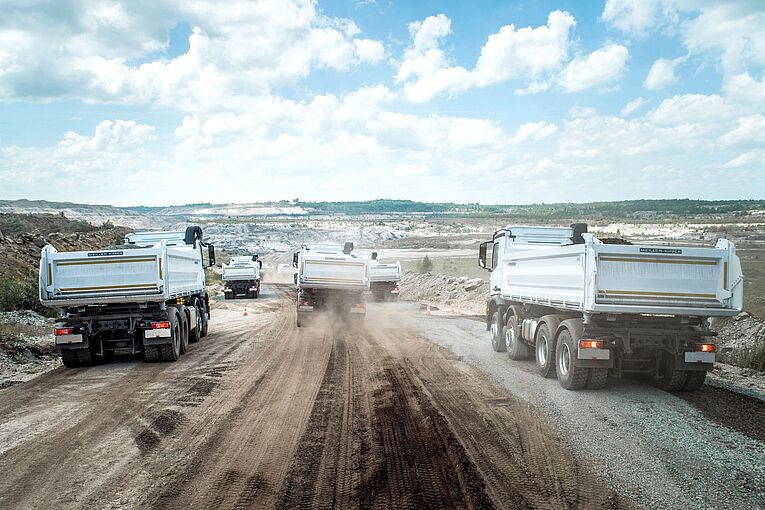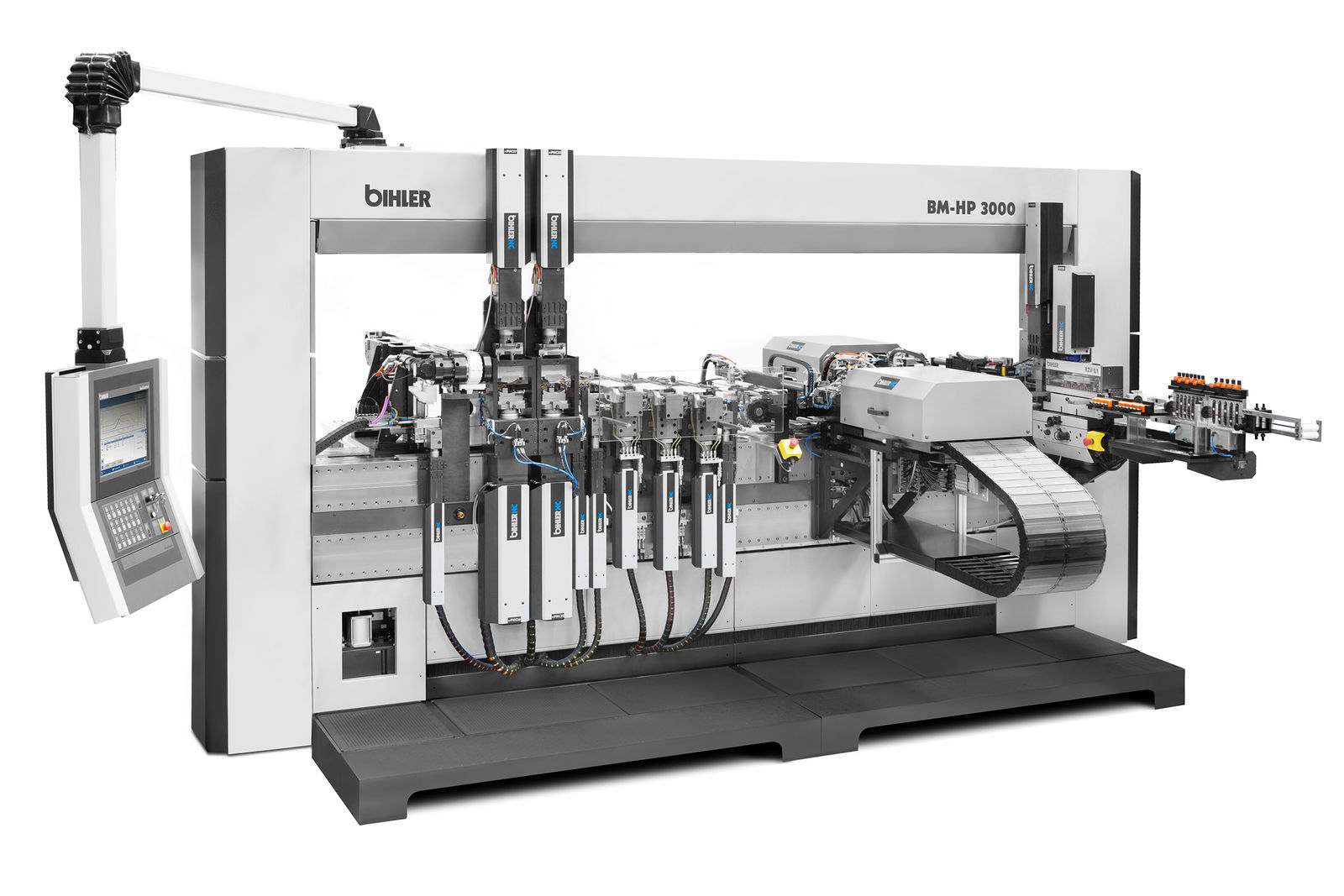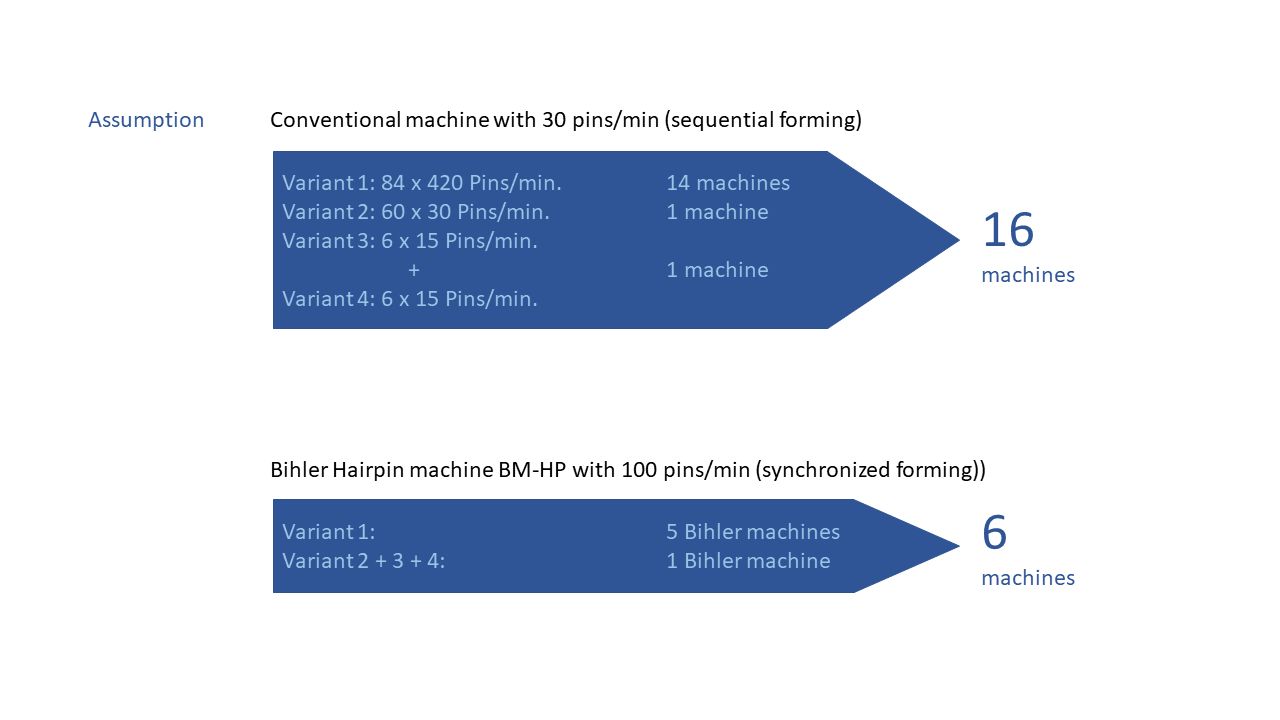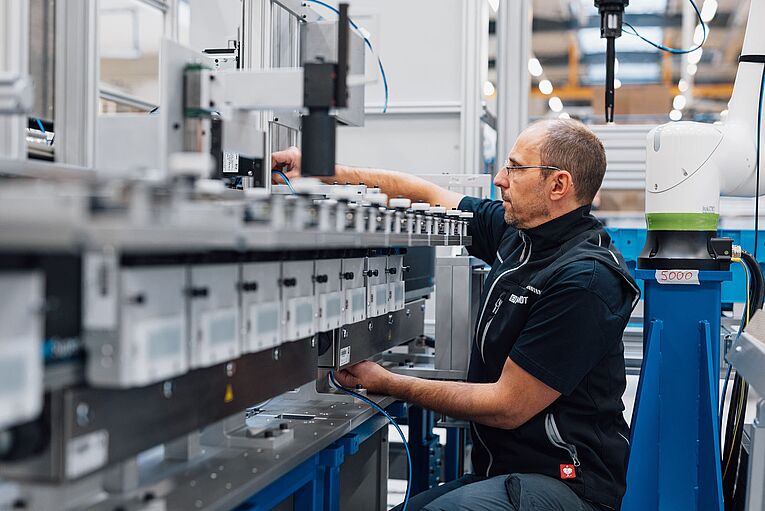Bihler developed the VariControl machine controller using the C++ programming language based on B&R's Automation Runtime and was therefore able to consistently modularize the software. This allows for easy, fast and direct programming and configuration of applications. "The fact that no separate programming device is required for this was one of the main reasons we chose B&R right from the start," recalls Wagner.
This is where another aspect comes into play that makes technology from B&R so attractive to machine builders like Bihler: Every time the machine is restarted, the system scans the machine network and detects newly connected B&R devices, which can then be integrated directly via the control system.
"The possibilities offered by B&R technology open up numerous and ever new ways for us and our users to design or expand a machine," emphasizes Wagner. "Take servo drives, for example: Here, the B&R product offering covers the entire spectrum from 1.8 A to 200 A. The portfolio is constantly expanding in all directions, so we have been able to continuously reduce the number of suppliers we need over time."







